It’s hot in a dry suit on land in June. So says film and photo journalist – and BalticWaters ambassador – Joakim Odelberg, as he checks that his underwater camera is working properly. He is standing on a rock at Kappelshamnsviken in northern Gotland with BalticWaters to document the release of around 50 cod. The cod, which have been living at the Ar research station where the ReCod project is taking place, will be returned to the life in the Baltic Sea.
To ensure genetic variation in cod larvae hatched and released into the Baltic Sea, the ReCod project needs to release the parent fish after about 2-3 years at the station. At the same time, some of the smaller fish are also released when the biomass becomes too large in the tanks as the fish grow. There are currently around 50 cod to be released back into the Baltic Sea.
Last year, some 20 cod moved into Skansen’s Baltic Sea Science Centre, and at the end of 2022 some 20 cod were released back into the Baltic Sea to make room for new cod. This autumn, more new cod from the eastern stock will move into the station.
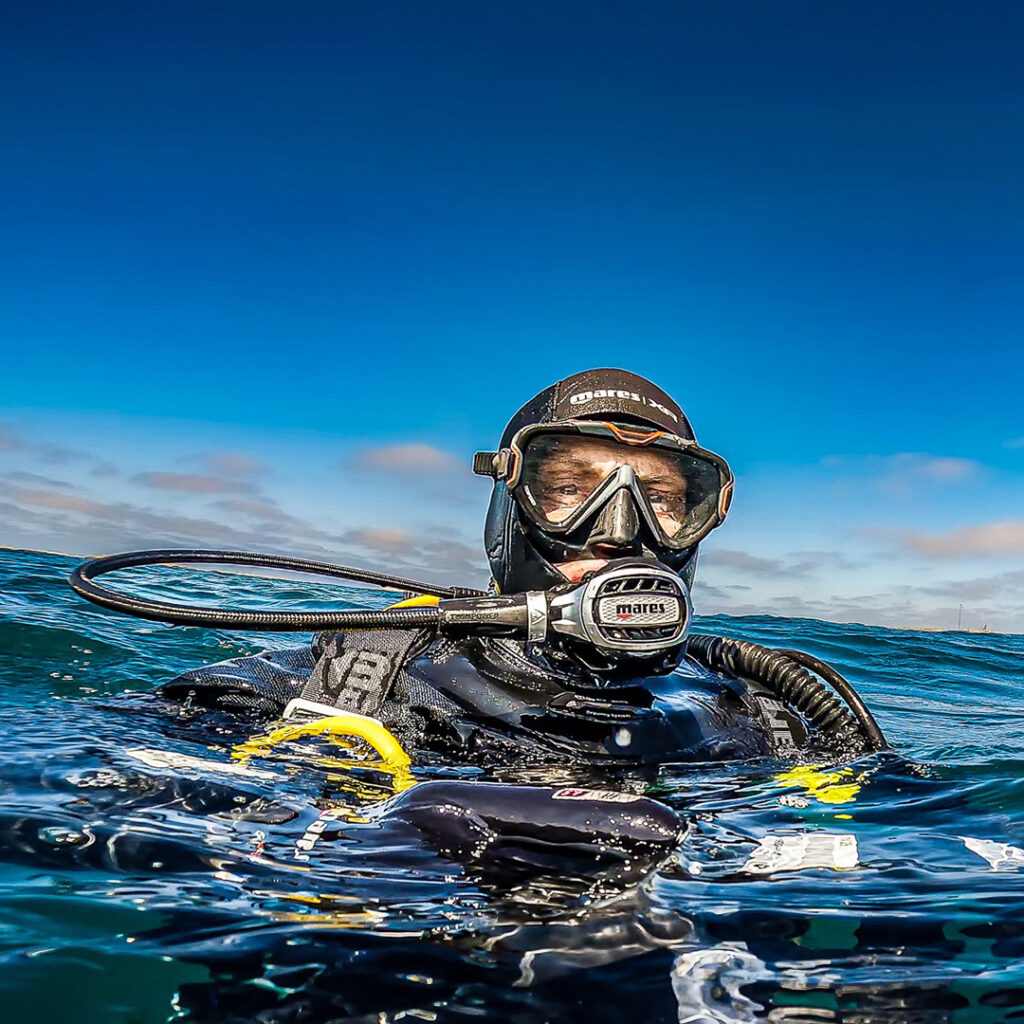
Photo: Joakim in the water, by Joakim Odelberg.
Despite all the hours of diving in the Baltic Sea, today’s experience is something Joakim has never experienced before.
– It’s not every day you get to see a cod release, he says before going into the water.
Joakim’s goal for the day is to make a film that can be used to spread awareness and knowledge about the Baltic cod. But it’s not easy. The algae bloom has begun, reducing visibility, and every movement of the fins risks clouding the water at the bottom.
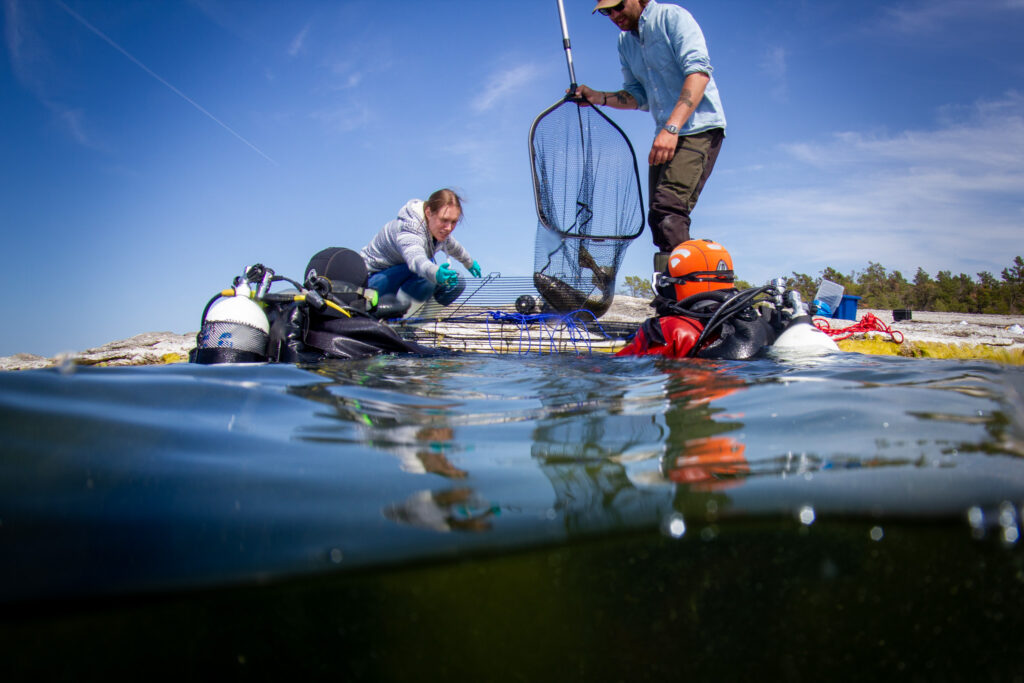
Photo: Madeleine Kullenbo, BalticWaters
The cod are carefully placed in a cage in the water and then taken to deeper, colder water where they are released. Some swim away quickly, others stay for a while before leaving.
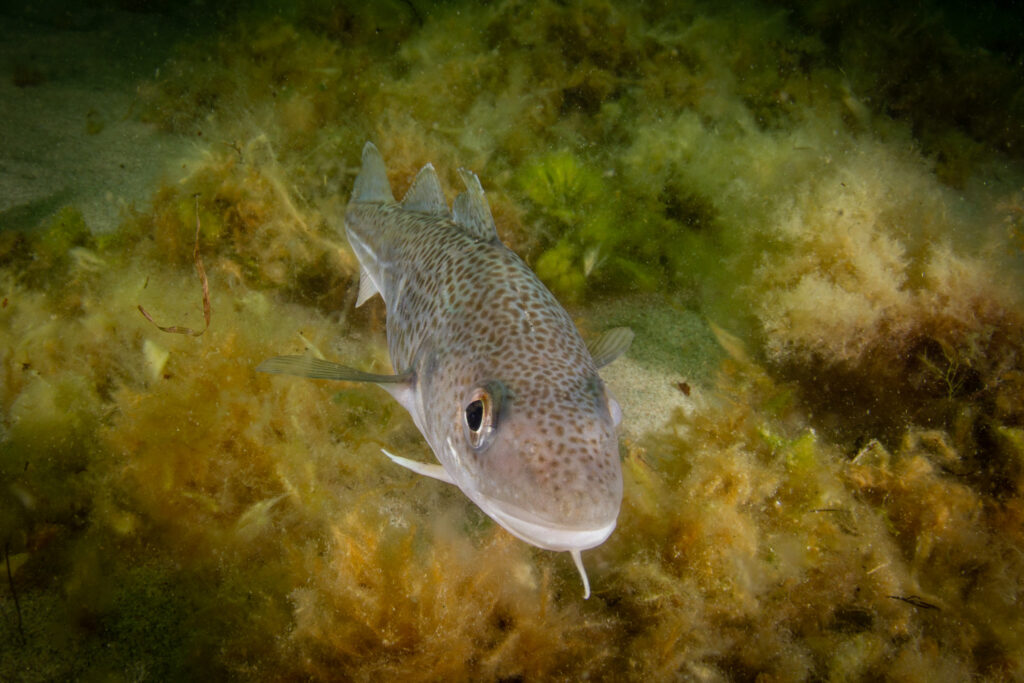
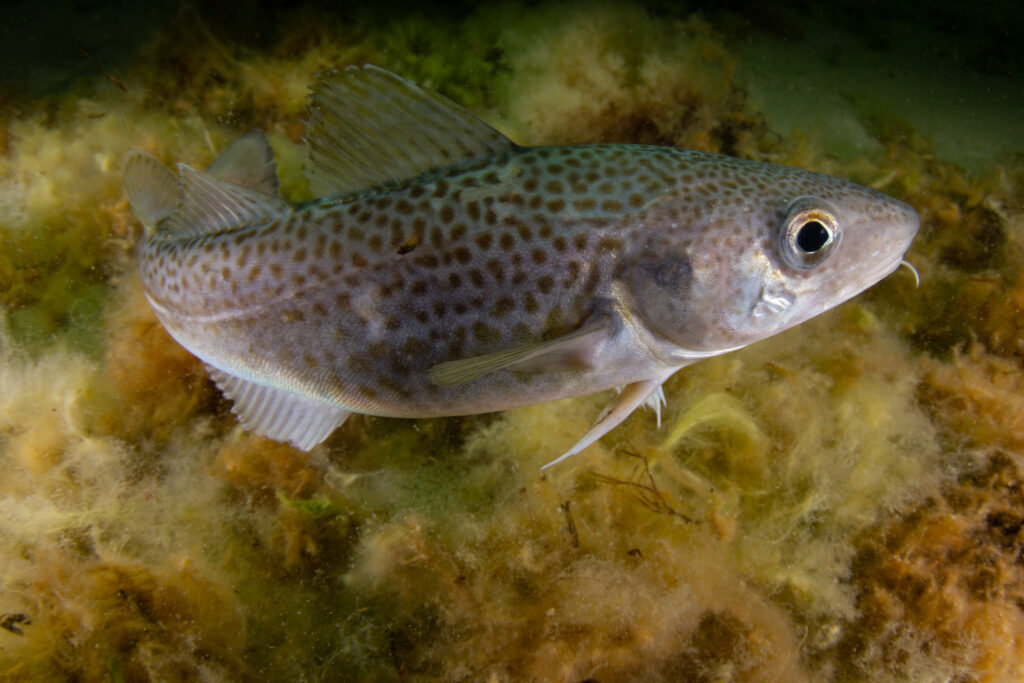
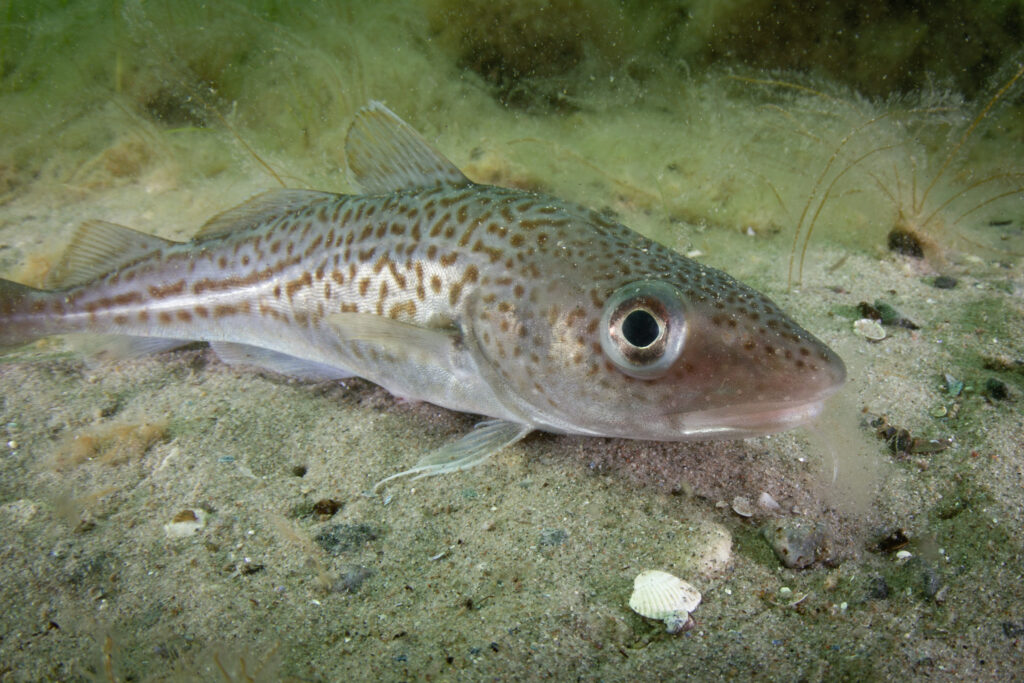
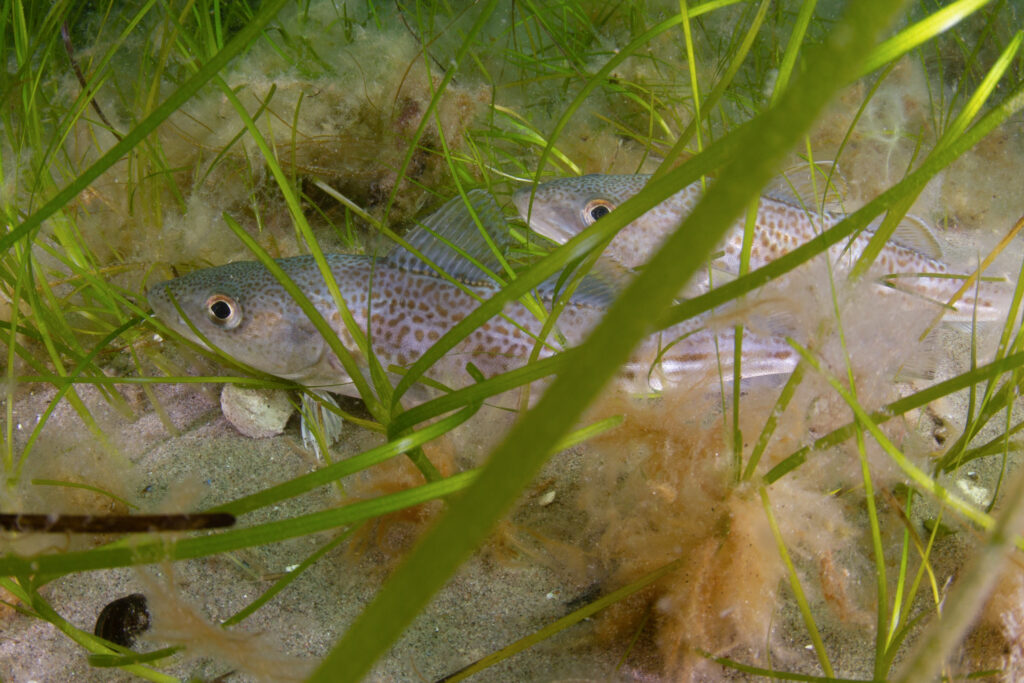
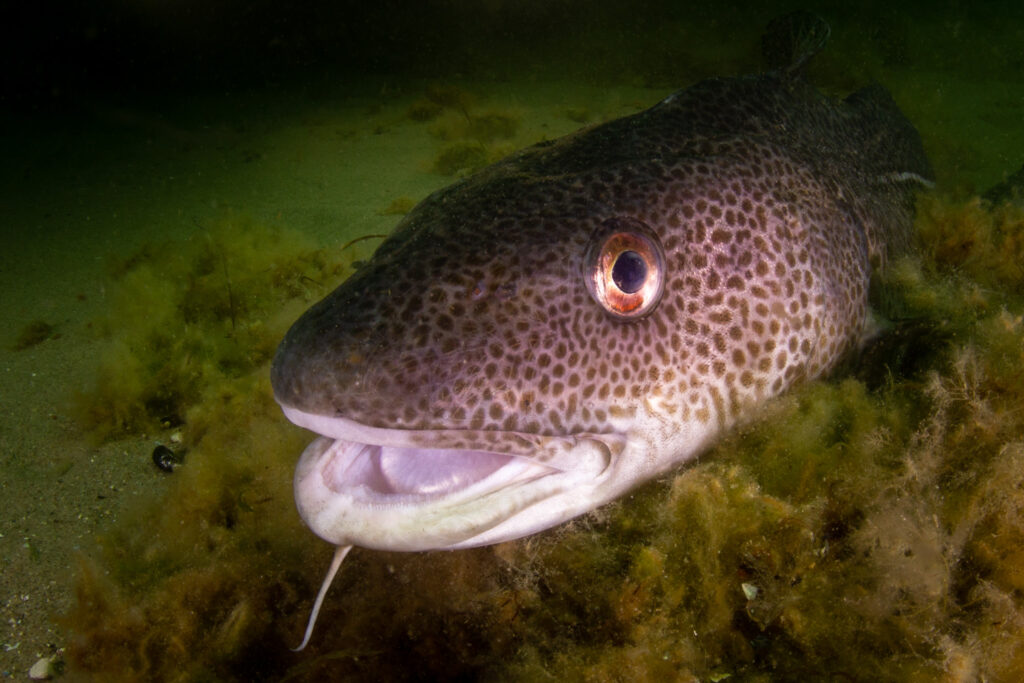
Photos: Madeleine Kullenbo, BalticWaters.
The cod are released in four rounds. Last of all is a large cod that has been hiding in the algae on the bottom for a long time. Just as we decide to swim away and finish the dive, he takes a few powerful strokes with his tail fin and swims peacefully far above us. Even though we only see his silhouette, there’s no escaping what an incredibly powerful creature the cod is – one of the Baltic Sea’s few top predators, affecting the food chain all the way down to plankton level. Genetically unique compared to cod in other seas, and therefore very important to preserve and protect – for the sake of the Baltic Sea.
We wish them good luck!

About ReCod
The project is carried out at the research station Ar on Gotland – in the middle of the Baltic Sea. The goal of ReCod is to conduct trials with releases of 4-6 day old cod larvae at a few locations along the east coast where we examine whether the larvae survive and manage to establish themselves. If the experiments are successful, there is the possibility of re-establishing cod in the Baltic Sea in more places, which increases the chances of preserving and protecting the unique eastern stock. ReCod is implemented and funded by BalticWaters and Uppsala University. In addition, a number of partners are contributing to the project in various ways: Ørsted, Leader Gute, Region Gotland, the Swedish University of Agricultural Sciences and the Ulla and Curt Nicolin Foundation. In total, just over SEK 50 million is being invested in the project.

